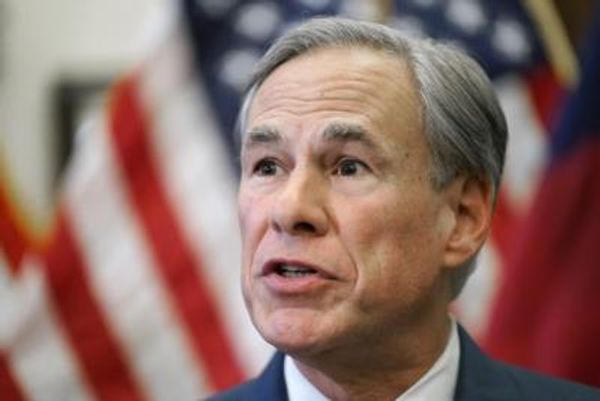
The 10-year T-note yield on Wednesday climbed to 4.880%, the highest in 16 years. The 10-year yield has risen by more than 65 bp this past month and more than 80 bp since the start of the year. Yields are higher on the Fed’s hawkish indications that interest rates will be higher for longer. Yields are also climbing on concern that rising U.S. budget deficits will increase the amount of securities the Treasury must sell to finance the burgeoning deficits. T-note yields are also higher on concern that rising oil and gasoline prices will worsen the inflation picture.
The surge in bond yields has sparked concern about another financial market blowup that caused the collapse of Silicon Valley Bank and a meltdown in regional banks in March. The higher yields also threaten to undercut the economy as rising borrowing costs threaten to dampen consumer spending and capital spending by companies. Federated Hermes said, “Ultimately, the feedback effect starts to fuel fears that you’re going to have a hard landing.”
The increase in long-term yields does some of the Federal Reserve’s job by slowing economic growth and helping to contain inflation. However, the rise in rates is occurring at a time when the economy is already facing a number of headwinds, including the ongoing autoworkers strike and a resumption of student loan payments. Also, recent hawkish comments from the Fed added to the rise in yields, with MacroPolicy Perspectives LLC saying that in an environment where bond yields were already rising, that “basically just gave the market permission to keep marching higher.”
The Fed has not pushed back on the rise in bond yields and has even made comments to encourage it. Last week, New York Fed President Williams said that even if the Fed was done raising interest rates, policymakers would keep them high “for some time” to bring inflation down to their 2% goal. Former Fed Vice Chair Clarida said, "Fed officials have had a chance at various appearances to push back against the surge in rates but have not really taken the opportunity to do so.” Also, Atlanta Fed President Bostic said the Fed still "has a ways to go" on inflation, and he wants to hold interest rates at elevated levels "for a long time."
T-note yields could continue to climb unless U.S. price pressures weaken substantially or the labor market suddenly craters. The higher bond yields go, the risk of a crisis in financial markets increases. Former Fed Vice Chair Clarida said, “If the moves get extreme or persistent, it could get the Fed engaged.”
Some analysts believe that only a meltdown in the equity market could revive demand for government bonds that knock yields lower. Barclays Plc said, “There is no magic level of yields that, when reached, will automatically draw in enough buyers to spark a sustained bond rally. In the short term, we can think of one scenario where bonds rally materially. If risk assets fall sharply in the coming weeks.”
On the date of publication, Rich Asplund did not have (either directly or indirectly) positions in any of the securities mentioned in this article. All information and data in this article is solely for informational purposes. For more information please view the Barchart Disclosure Policy here.






